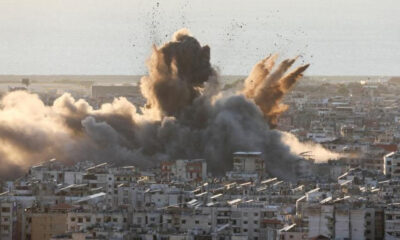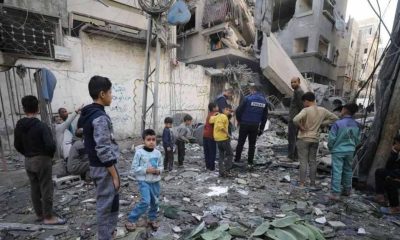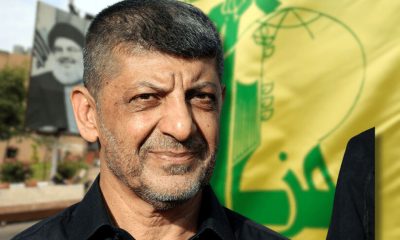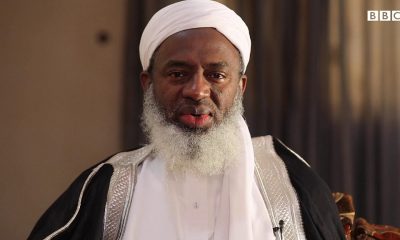International
Three Israelis killed during attack on West Bank-Jordan border crossing
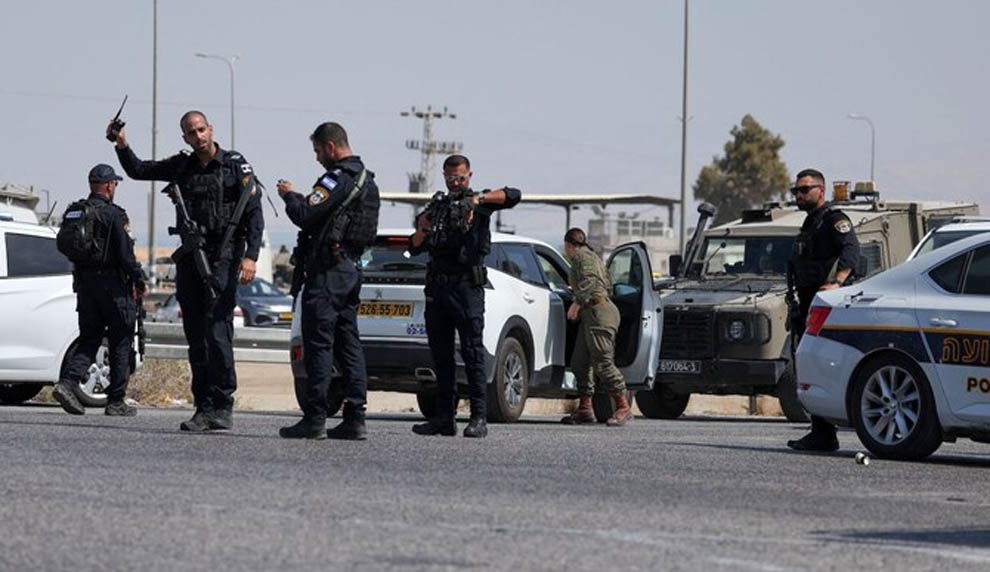
Three Israelis killed during attack on West Bank-Jordan border crossing
ALLENBY CROSSING, West Bank: Three Israelis were shot and killed Sunday at the border crossing between the West Bank and Jordan, Israeli officials said, in what appeared to be an attack linked to the 11-month-old war in Gaza.
Israel’s military said the gunman approached the Allenby Bridge Crossing from the Jordanian side in a truck and opened fire at Israeli security forces, who killed him in a shootout. Israel’s Magen David Adom rescue service said the three Israelis were all men in their 50s.
Relatives identified the gunman as Maher al-Jazi, a retired Jordanian soldier from Athroh, a town in the impoverished area of Maan.
Jordan is investigating the shooting, its state-run Petra News Agency reported. The Western-allied Arab country made peace with Israel in 1994 but is deeply critical of its policies toward the Palestinians. Jordan has a large Palestinian population and has seen mass protests against Israel over the war in Gaza.
The Allenby crossing over the Jordan River, also known as the King Hussein Bridge, is mainly used by Palestinians and international tourists, as well as for cargo shipments. The crossing has seen few security incidents over the years, but in 2014 Israeli security guards shot and killed a Jordanian judge who they said had attacked them.
Authorities in Israel and Jordan said the crossing was closed until further notice. Israel later announced the closure of both of its land crossings with Jordan, near Beit Shean in the north and Eilat in the south.
Israeli Prime Minister Benjamin Netanyahu condemned the attack and linked it to Israel’s larger conflict with Iran and allied militant groups, including Hamas in Gaza and Hezbollah in Lebanon.
The Israeli-occupied West Bank has seen a surge of violence since Hamas’ Oct. 7 attack out of Gaza triggered the war there. Israel has launched near-daily military arrest raids into dense Palestinian residential areas, and there has been a rise in Israeli settler violence and Palestinian attacks on Israelis.
READ ALSO::
- Fugitive pastor wanted by FBI caught in Philippines
- 20-year-old man killed on Lagos street, police begin investigation
- Abducted Borno high court judge Mshella released after 10 weeks
Also on Sunday, loved ones mourned Aysenur Ezgi Eygi, an American-Turkish woman who was shot dead on Friday in the West Bank. She had been demonstrating against Israeli settlements there. The White House has said it was “deeply disturbed” and called on Israel to investigate, while her family seeks an independent investigation. Her body remained at a hospital in the West Bank city of Nablus.
In Gaza, meanwhile, an Israeli airstrike early Sunday killed five people, including two women, two children and a senior official in the Civil Defense — first responders who operate under the Hamas-run government.
The Civil Defense said the strike targeted the home of its deputy director for northern Gaza, Mohammed Morsi, in the urban Jabaliya refugee camp.
There was no immediate comment from the Israeli military. The army says it tries to avoid harming civilians and only targets militants.
Another Israeli strike hit the Eid family home in the Nuseirat refugee camp and killed at least two girls, according to an Associated Press journalist who counted the bodies and witnesses. First responders were looking for others under the rubble.
Gaza’s Health Ministry says over 40,000 Palestinians have been killed in Gaza since the war began. It does not differentiate between fighters and civilians in its count. The war has caused vast destruction and displaced around 90% of Gaza’s population of 2.3 million, often multiple times.
Hamas-led militants killed some 1,200 people, mostly civilians, in their Oct. 7 attack. They abducted another 250 and are still holding around 100 after releasing most of the rest in exchange for Palestinians imprisoned by Israel during a weeklong cease-fire last November. Around a third of the remaining hostages inside Gaza are believed to be dead.
The United States, Qatar and Egypt have spent months trying to broker a cease-fire and the return of the hostages, but the negotiations have repeatedly bogged down.
Israel captured the West Bank, Gaza and east Jerusalem — territories the Palestinians want for a future state — in the 1967 Mideast war. Israel withdrew soldiers and settlers from Gaza in 2005 but maintained control over its airspace, coastline and most of its land crossings. Along with Egypt, it imposed a blockade on Gaza after Hamas seized power from rival Palestinian forces in 2007.
Three Israelis killed during attack on West Bank-Jordan border crossing
ARAB NEWS
International
Israeli strikes pound central Beirut, suburbs

Israeli strikes pound central Beirut, suburbs
BEIRUT: Israeli strikes pounded a densely-populated part of the Lebanese capital and its southern suburbs on Tuesday, hours ahead of an anticipated announcement of a ceasefire ending hostilities between Israel and Lebanese armed group Hezbollah.
A strike on Beirut hit the Noueiri district with no evacuation warning and killed at least one person, Lebanon’s health ministry said in a preliminary toll.
READ ALSO:
- French football star, Paul Pogba’s blackmail trial begin in Paris
- French football star, Paul Pogba’s blackmail trial begin in Paris
- Vigilante arrested in Anambra for robbery
Minutes later, at least 10 Israeli strikes hit Beirut’s southern suburbs. They began approximately 30 minutes after the Israeli military issued evacuation orders for 20 locations in the area, the largest such warning yet.
As the strikes were under way, Israel’s military spokesperson Avichay Adraee said the air force was conducting a “widespread attack” on Hezbollah targets across the city.
Israeli strikes pound central Beirut, suburbs
ARAB NEWS
International
Over $100m wasted, Trump mocks Democrats for targeting him

Over $100m wasted, Trump mocks Democrats for targeting him
Former U.S. President Donald Trump has fiercely criticised the legal cases brought against him, calling them “empty and lawless”.
He accused Democrats of weaponising the judicial system to target him as a political opponent.
In a strongly worded statement, Trump alleged that over $100 million in taxpayer money had been wasted in what he described as a politically driven effort to undermine his influence.
“Nothing like this has ever happened in our Country before,” he said, pointing to high-profile prosecutors, including Georgia’s Fani Willis and New York Attorney General Letitia James, as key figures in what he called a “political hijacking.”
READ ALSO:
- PH refinery: 200 trucks will load petroleum products daily, says Presidency
- US-based Nigerians get 30-year sentence over $3.5m romance scam
- 4 Nigerians arrested in Libya for alleged drug trafficking, infection charges
Trump also accused Willis of colluding with Nathan Wade, whom he described as “her lover” and lacking the experience to handle such cases.
He claimed Wade was paid “millions,” allegedly enabling lavish trips and cruises.
Letitia James, who is pursuing a civil fraud case against Trump, was also criticised.
He claimed she had campaigned on a promise to “get Trump” in her bid for office, an action he labelled “unethical” and “probably illegal.”
Trump also mentioned Manhattan District Attorney Alvin Bragg, alleging that Bragg initially resisted prosecuting him but was pressured into action by the Justice Department and the Democratic Party.
Describing the series of legal actions as a “low point in the history of our Country,” Trump maintained his resolve, declaring: “I persevered, against all odds, and WON.”
Over $100m wasted, Trump mocks Democrats for targeting him
International
US-based Nigerians get 30-year sentence over $3.5m romance scam
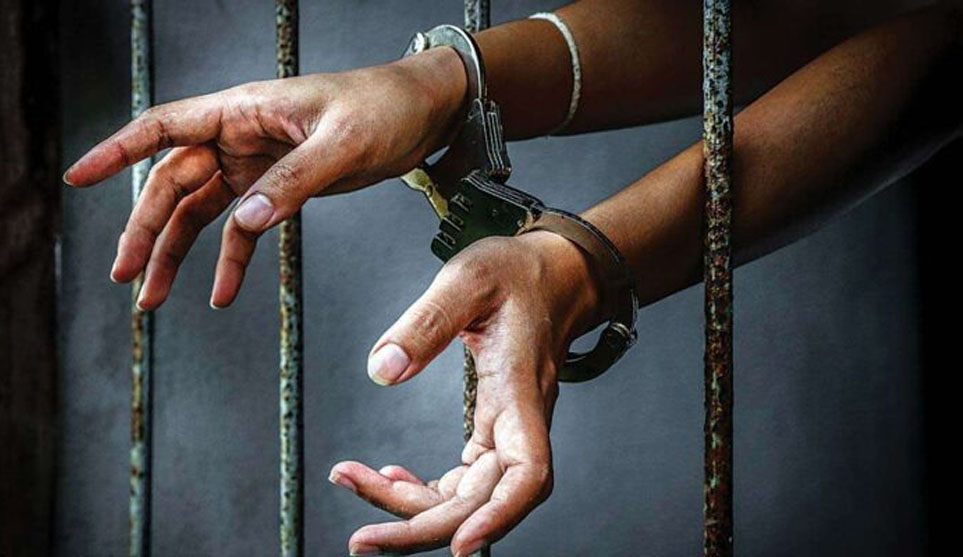
US-based Nigerians get 30-year sentence over $3.5m romance scam
A United States federal jury sentenced two Nigerians, Anthony Ibekie and Samuel Aniukwu, to 30 years in prison for scamming certain US citizens $3,500,000.
This was mentioned in a news statement made public on the US Department of Justice website on Monday.
According to the statement, the Nigerians, Ibekie and Aniukwu mislead their victims by informing them that they had received big inheritances that required payment to claim.
The couple would then ask their victims to transfer money, promising to refund them after the inheritances were claimed.
It also stated that the duo carried out romance scams by establishing romantic relationships with their victims and demanding them to send money after they had built trust in their victims.
It read, “An undercover law enforcement investigation has resulted in federal prison sentences for two Nigerian nationals residing in the Chicago suburbs who conducted online inheritance scams and other fraud schemes.
“Using aliases, Anthony Emeka Ibekie and Samuel Aniukwu communicated with victims throughout the United States, convincing them they had received substantial inheritances and needed to send money to individuals associated with the defendants in order to claim it.
“In addition to the inheritance scam, the pair carried out an online romance scam that involved communicating with victims via social media and dating websites, building trust with the victims through a purported online romance, and convincing them to send money to a predetermined recipient. Aniukwu and Ibekie also orchestrated a ‘business email compromise’ scam that targeted corporate email accounts.
READ ALSO:
- 4 Nigerians arrested in Libya for alleged drug trafficking, infection charges
- BREAKING: Port Harcourt refinery begins operation
- Damagun writes INEC to conduct by-election for 27 vacant Rivers assembly seats
“The fraud schemes were uncovered by a covert law enforcement investigation. The scams resulted in losses to victims of at least $3.5 million.”
According to the statement, after being arraigned on 14 charges, the duo pleaded guilty to their different alterations.
Following their guilty pleas, Ibekie was sentenced to 20 years in prison on Thursday, and Aniukwu was sentenced to 10 years in prison on November 8.
The statement continued, “A federal jury earlier this year convicted Ibekie, 59, of Oswego, Illinois, on all 14 counts of wire fraud, mail fraud, money laundering, making false statements to a bank, and passport fraud. U.S. District Judge Steven C. Seeger on Thursday sentenced Ibekie to 20 years in federal prison.
“Aniukwu, 50, of Romeoville, Illinois, pleaded guilty last year to wire fraud and money laundering charges. Judge Seeger on Nov. 8, 2024, sentenced Aniukwu to 10 years in prison.”
Meanwhile, Jennifer Gosha, an accomplice of the Nigerians and a US citizen, is expected to be sentenced on December 18 after pleading guilty.
“A third defendant, Jennifer Gosha, 52, a U.S. citizen from Oak Park, Ill., pleaded guilty earlier this year to charges of wire fraud and making false statements to a federal agent. Gosha is scheduled to be sentenced by Judge Seeger on December 18, 2024,” the statement concluded.
US-based Nigerians get 30-year sentence over $3.5m romance scam
-

 metro17 hours ago
metro17 hours agoBREAKING: Port Harcourt refinery begins operation
-

 Business2 days ago
Business2 days agoJust in: Dangote refinery reduces petrol price for marketers
-
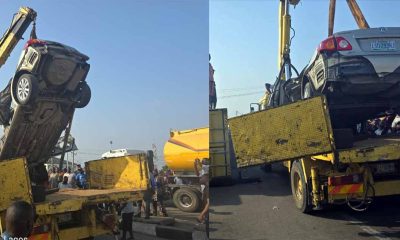
 metro1 day ago
metro1 day ago40-foot container falls on car in Lagos
-

 Politics3 days ago
Politics3 days ago2027: Lagos Speaker, Obasa joins gov race, may battle Seyi Tinubu, others
-

 Politics1 day ago
Politics1 day agoLagos 2027: Seyi Tinubu campaign team releases his life documentary
-

 International1 day ago
International1 day agoTrump to sack 15,000 transgender officers from U.S. military: Report
-

 Entertainment1 day ago
Entertainment1 day agoPolygamy best form of marriage for Africa – Okey Bakassi
-

 metro2 days ago
metro2 days agoPolicewoman dismissed in Edo threatens to kill children, commit suicide

